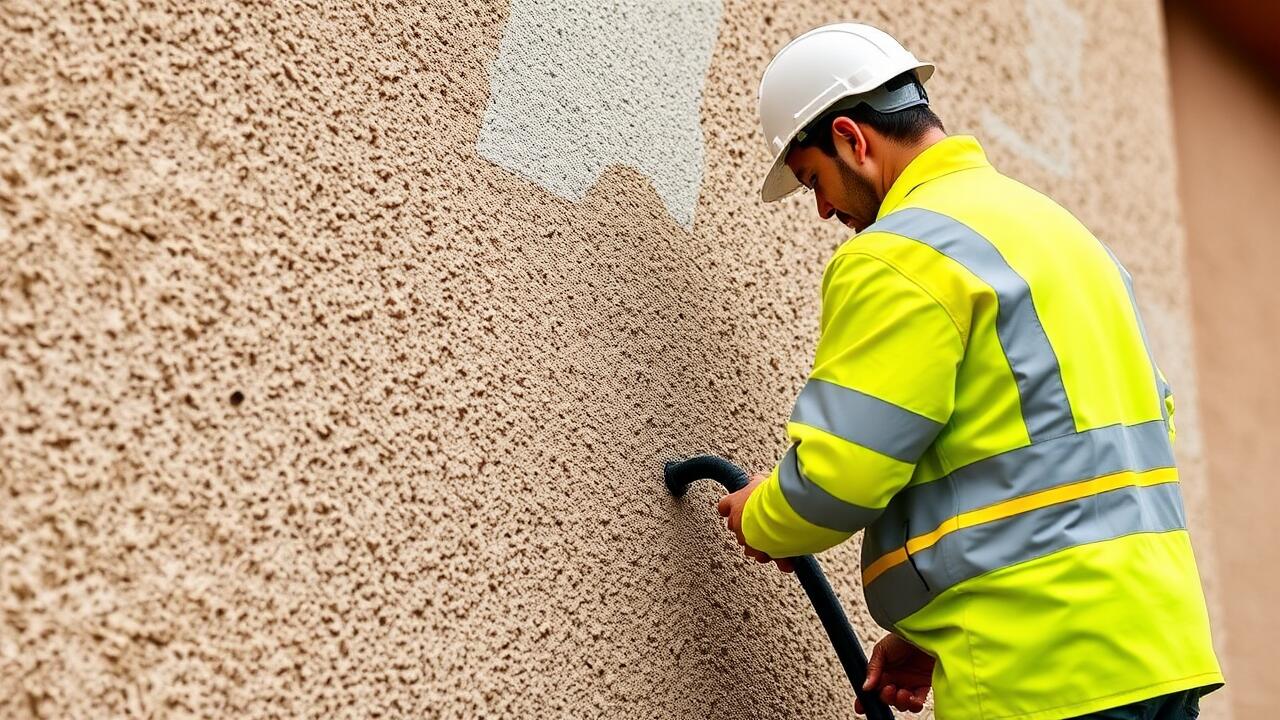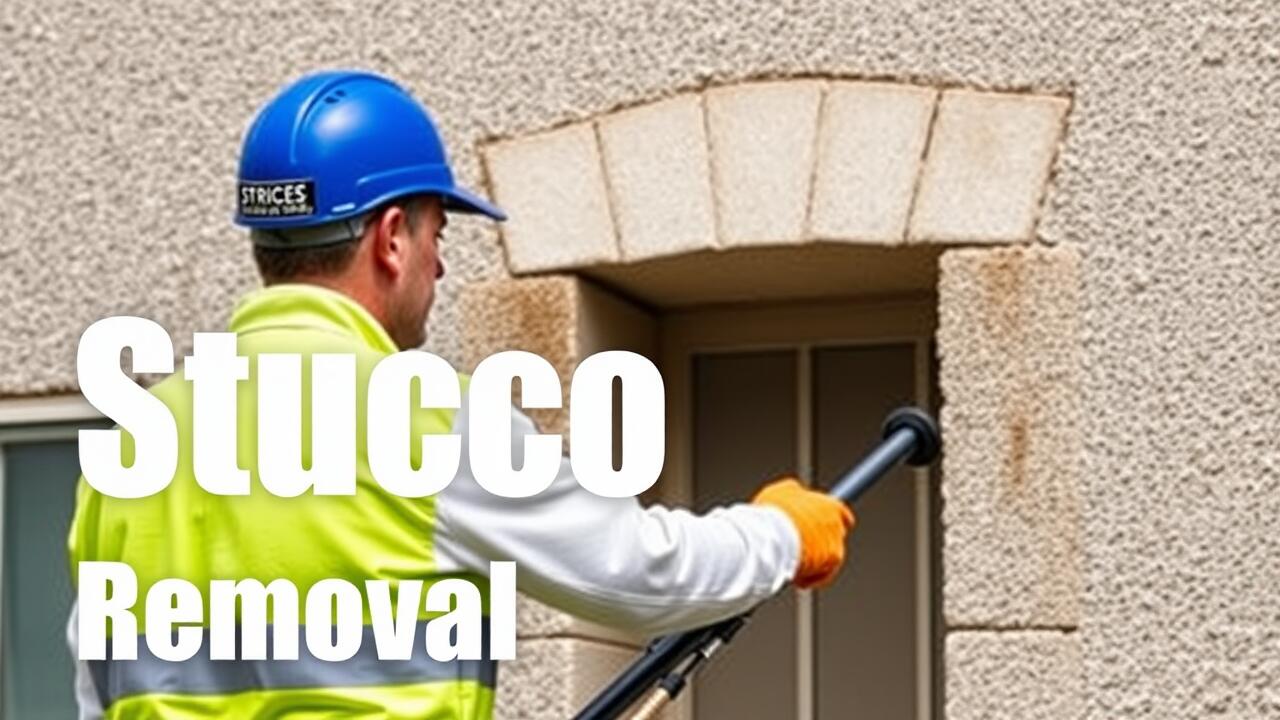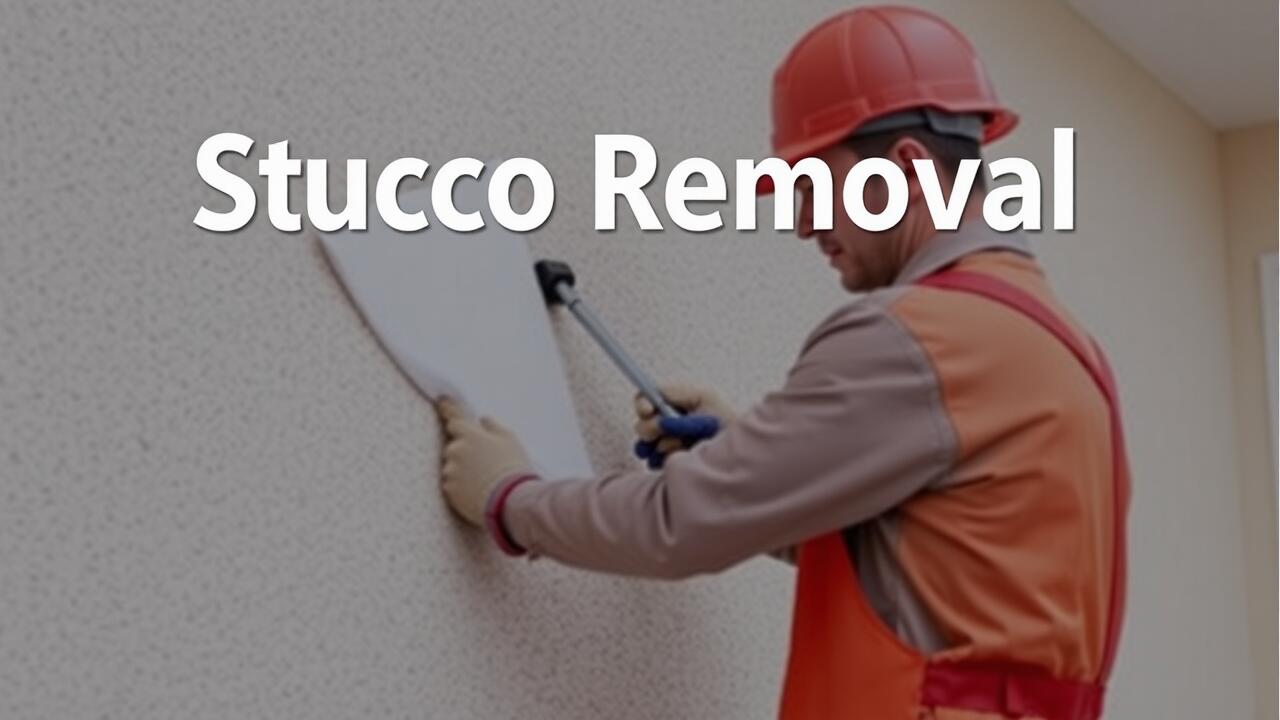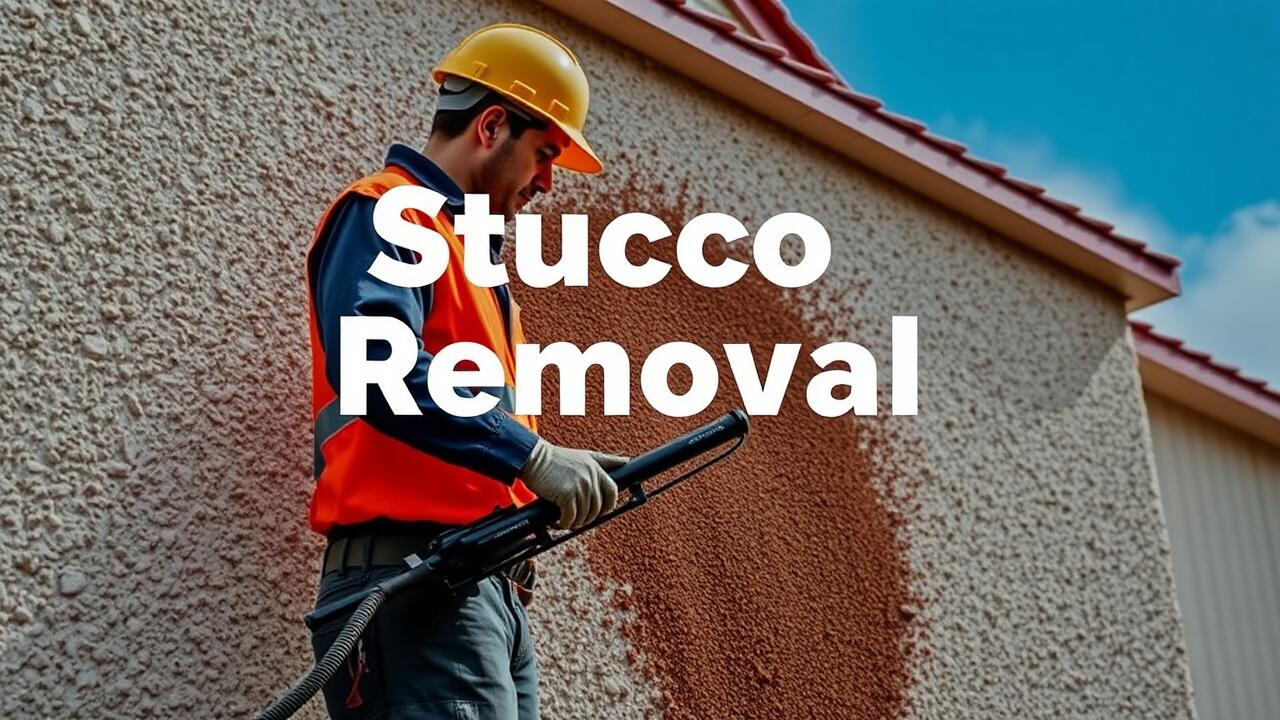
Choosing the Right Chemical Solution
Selecting the right chemical solution for stucco removal is crucial for achieving efficient and effective results. Various products are available, including alkaline cleaners, solvents, and specialized stucco removers. Each option has distinct properties that can impact the success of the removal process. When choosing a product, it is essential to consider the type of stucco, the thickness of the material, and the specific surface to which the chemical will be applied. For those undertaking Stucco Removal in Reseda, Los Angeles, local conditions such as humidity and temperature can also influence product performance.
Beyond product selection, users should also evaluate potential safety hazards associated with chemicals. Proper personal protective equipment is necessary to minimize exposure to harmful substances. It’s also vital to follow manufacturer guidelines to ensure appropriate use and application. Understanding the compatibility of chemical solutions with underlying materials can prevent damage and costly repairs during the removal process. By carefully assessing these factors, individuals can ensure a safer and more efficient stucco removal experience.
Factors to Consider When Selecting Products
When selecting chemical products for stucco removal, it is essential to assess the type of stucco and its condition. The composition of the stucco can vary significantly, impacting the effectiveness of different chemical agents. For instances such as stucco removal in Reseda, Los Angeles, local climate and exposure to elements may also dictate which products work best. Products that target specific types of stucco material may provide better results and minimize the risk of damage to the underlying surfaces.
Additionally, safety and compliance should play a critical role in choosing chemical solutions. Many chemicals used for stucco removal can pose health risks, requiring appropriate protective gear and precautions. Environmental regulations may also govern the use of certain chemicals, particularly in residential areas like Reseda. Evaluating the environmental impact and ensuring adherence to local legislation will not only ensure safety during the removal process but also foster responsible home improvement practices.
Environmental Impact of Chemical Methods
The environmental impact of chemical methods for stucco removal can be significant, particularly in areas like Venice, Los Angeles, where ecosystems are delicate and urban development is ongoing. Many chemical products used in the removal process contain harsh substances that can contaminate soil and waterways if not handled properly. These chemicals can pose risks to local wildlife and contribute to pollution, especially during or after heavy rainfall, which can facilitate runoff.
To mitigate these risks, it is essential to choose eco-friendly alternatives whenever possible. Some companies specializing in stucco removal in Venice, Los Angeles, are increasingly opting for biodegradable products that reduce environmental harm. Responsible disposal practices also play a crucial role in minimizing impact. Properly containing and disposing of chemical waste instead of allowing it to seep into the ground can help preserve the area's natural resources and maintain a healthier environment for residents and wildlife alike.
Safe Disposal of Chemical Waste
Proper disposal of chemical waste is essential to prevent environmental contamination and health hazards. When undertaking stucco removal in Reseda, Los Angeles, it's crucial to follow local regulations regarding hazardous materials. Many chemical solutions can release toxic substances if not disposed of correctly. Always check for specific disposal guidelines provided by local waste management authorities, as different chemicals may require unique handling procedures.
Using designated waste disposal facilities can ensure that hazardous chemicals are treated and disposed of safely. Containers labeling the chemical contents accurately should always be used. Mixing different types of waste can lead to dangerous reactions, emphasizing the importance of maintaining separation. Educating teams involved in stucco removal in Reseda, Los Angeles about these practices can further enhance safety and environmental protection during the cleanup process.
Alternative Methods to Chemical Removal
Mechanical methods for stucco removal offer an effective alternative to chemical approaches. Tools like pressure washers, chisels, and pneumatic equipment can strip stucco layers without the use of harsh chemicals. This approach is particularly appealing in areas like Reseda, Los Angeles, where homeowners may prioritize health and environmental concerns. Mechanical removal minimizes the risk of chemical exposure to residents and eliminates the worry of harmful runoff into local ecosystems.
In addition to mechanical techniques, there are other non-chemical strategies worth exploring. You can utilize thermal methods that involve heating the stucco to soften it, making it easier to remove. These options can also be ideal for those concerned about the landfill impact of chemical waste. By focusing on alternative solutions, homeowners in places like Reseda, Los Angeles, can achieve effective stucco removal while maintaining environmental integrity.
Mechanical vs. Chemical Approaches
When it comes to stucco removal, both mechanical and chemical approaches have their own advantages and drawbacks. Mechanical methods often involve equipment like grinders, chisels, or pressure washers. These tools can provide immediate results with less risk of chemical exposure. However, they may create dust and debris, which can be a concern in residential areas like Reseda, Los Angeles. The physical effort required can also lead to increased labor costs and potential damage to underlying surfaces.
On the other hand, chemical removers offer a different set of benefits. These products are designed to break down stucco without extensive physical labor, making them an appealing option for those looking for efficiency. Chemical methods can reduce the mess associated with mechanical removal, but they often require careful handling to minimize environmental impact. In places such as Reseda, Los Angeles, understanding the distinctions between these approaches is crucial, especially given the local regulations regarding chemical use and waste disposal.
FAQS
What are the most commonly used chemical solutions for removing stucco?
Commonly used chemical solutions for removing stucco include sodium hydroxide, hydrochloric acid, and specialized stucco removal products designed to break down the stucco material without damaging the underlying surfaces.
How do I choose the right chemical solution for stucco removal?
When choosing the right chemical solution, consider factors such as the type of stucco, the underlying material, environmental impact, safety precautions, and the specific removal challenges you may face.
What are the environmental impacts of using chemical methods for stucco removal?
Chemical methods can have significant environmental impacts, including potential harm to surrounding vegetation, soil, and water sources if not used or disposed of properly. It's essential to select environmentally friendly products and follow all safety guidelines.
How should I dispose of chemical waste after removing stucco?
Chemical waste should be disposed of according to local regulations. This often involves using designated hazardous waste disposal facilities to ensure safe and environmentally responsible handling of the chemicals.
Are there safer alternatives to chemical methods for stucco removal?
Yes, there are safer alternatives such as mechanical methods, which include using scraping tools, power washers, or specialized equipment designed to remove stucco without chemicals. These methods can minimize chemical exposure and environmental impact.


